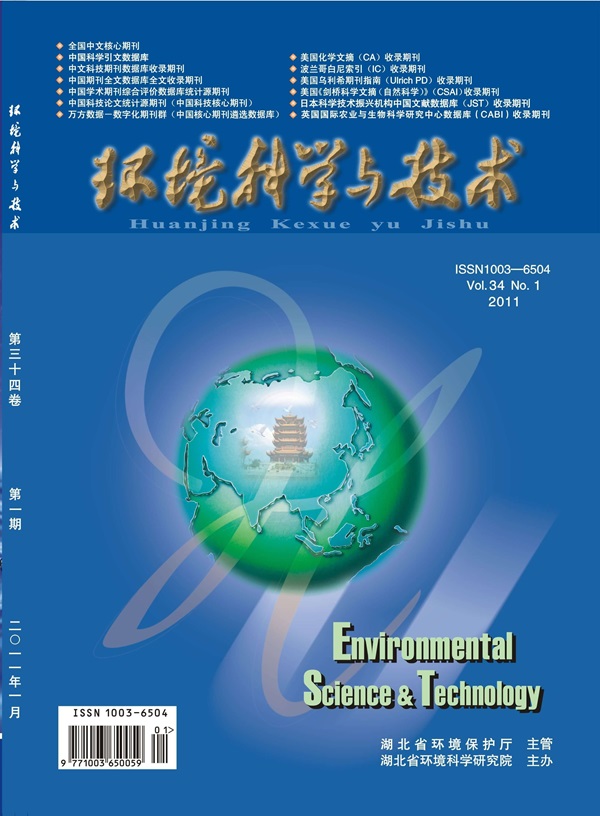Iron, Sulfur, and Carbon Dynamics Collectively Regulate the Fate of Cadmium over the Sulfidation-Reoxidation Cycle
IF 10.8
1区 环境科学与生态学
Q1 ENGINEERING, ENVIRONMENTAL
引用次数: 0
Abstract
Cadmium bioavailability is sensitive to redox fluctuations, with its fate linked to the coupled dynamics of Fe, S, and C. This study examines the behavior of Cd-loaded ferrihydrite (Fh) with/without organic matter (OM) undergoing S(-II)-induced reduction followed by O2-induced reoxidation. During sulfidation, S(-II) was fully consumed, and Fh was partially reduced to Fe(II) species, with some OM released from the Fh surface. Meanwhile, Cd initially adsorbed on Fh was completely converted to CdS, regardless of Cd loading or the presence of OM. Upon reoxidation, Fe(II) species were reoxidized to Fe(III) oxides, which recaptured OM, while solid-phase S(-II) was oxidized to S0 and sulfate. Concurrently, partial oxidation of CdS occurred, mainly driven by H2O2 generated during Fe(II) oxidation, with minor contributions from •OH and O2, but OM inhibited CdS oxidation, primarily by scavenging H2O2. Released Cd from CdS oxidation was predominantly readsorbed on Fe(III) oxides. Additionally, released Cd was partially structurally incorporated into newly formed Fe(III) oxides while some CdS was encapsulated within Fe(III) oxide aggregates. However, OM interactions with Fe(III) oxides reduced the formation of these Cd species. These findings provide insights into the molecular-scale mechanisms governing Cd dynamics in redox-dynamic environments.

求助全文
约1分钟内获得全文
求助全文
来源期刊

环境科学与技术
环境科学-工程:环境
CiteScore
17.50
自引率
9.60%
发文量
12359
审稿时长
2.8 months
期刊介绍:
Environmental Science & Technology (ES&T) is a co-sponsored academic and technical magazine by the Hubei Provincial Environmental Protection Bureau and the Hubei Provincial Academy of Environmental Sciences.
Environmental Science & Technology (ES&T) holds the status of Chinese core journals, scientific papers source journals of China, Chinese Science Citation Database source journals, and Chinese Academic Journal Comprehensive Evaluation Database source journals. This publication focuses on the academic field of environmental protection, featuring articles related to environmental protection and technical advancements.
 求助内容:
求助内容: 应助结果提醒方式:
应助结果提醒方式:


